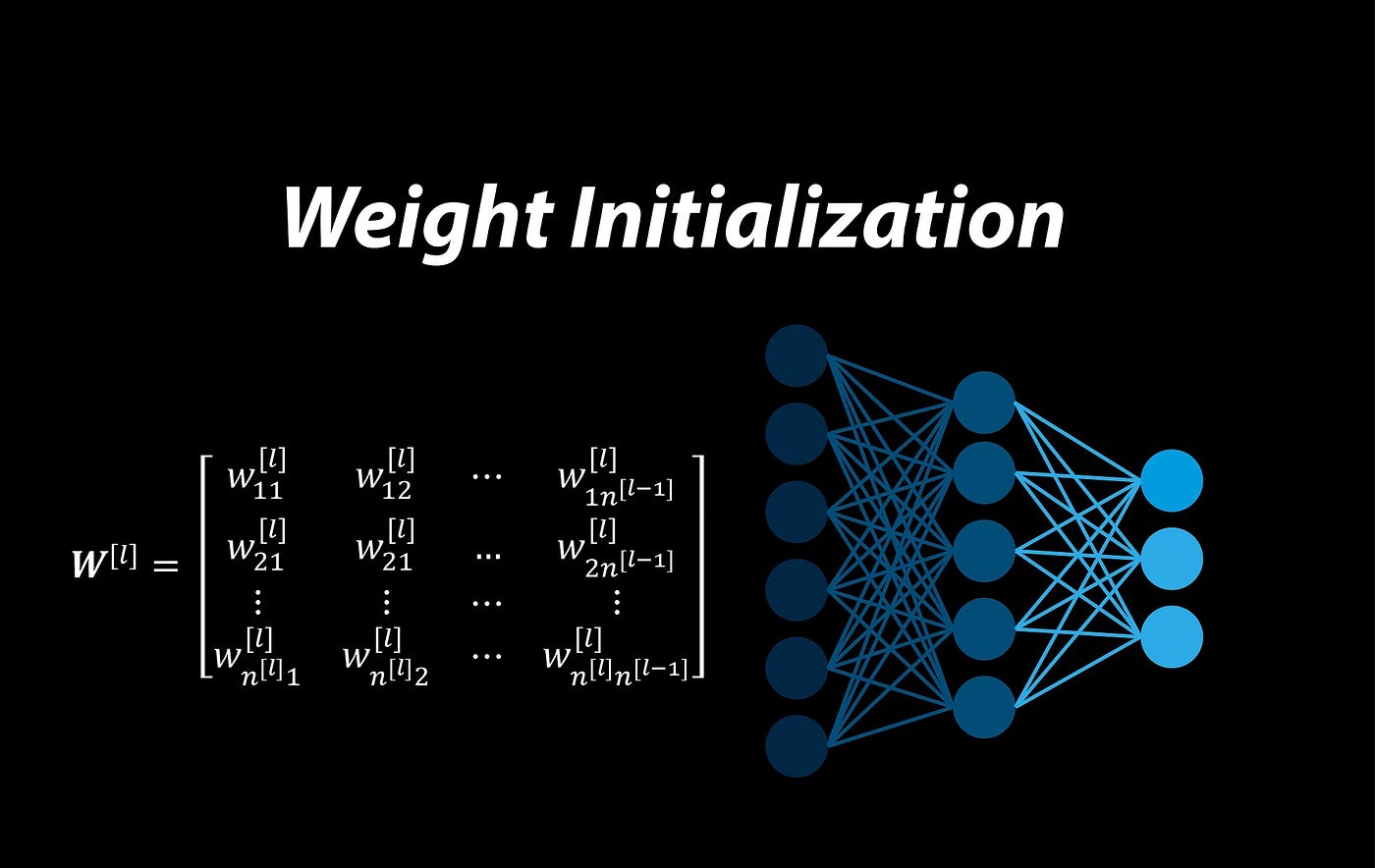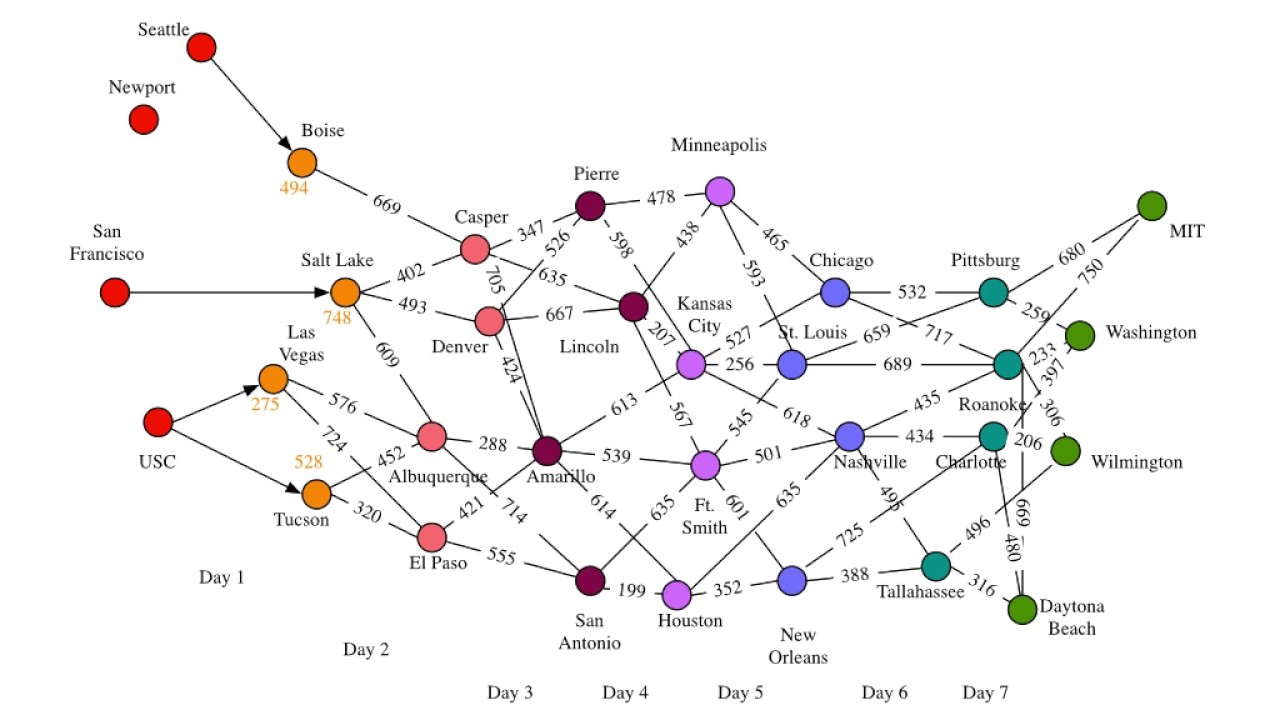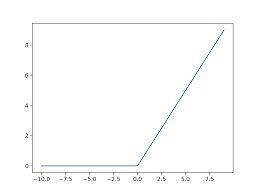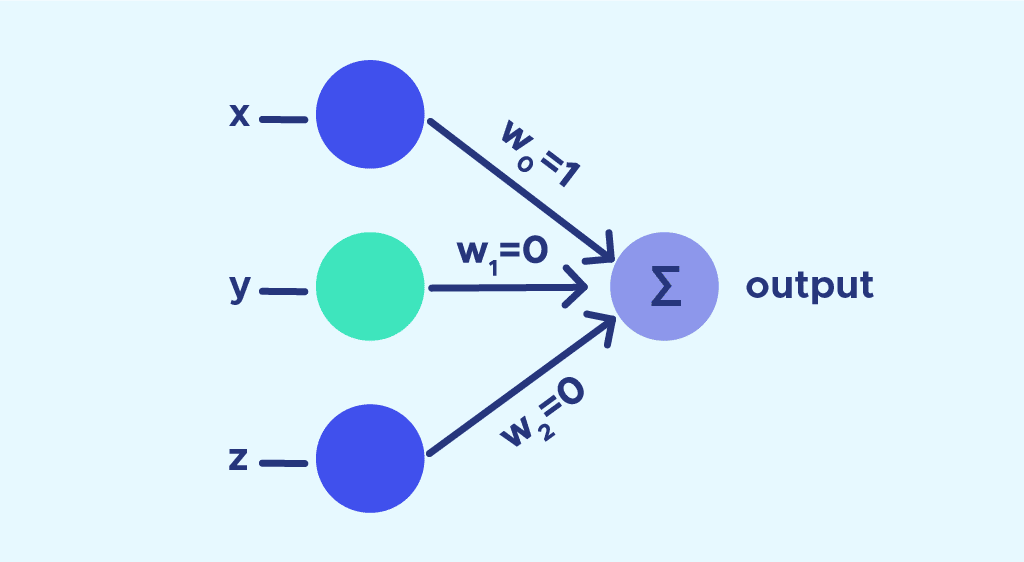A Brief History: Who Developed It? The foundation for weight initialization traces back to the pioneers of artificial neural networks. In the early days, Frank Rosenblatt’s development of the Perceptron introduced the concept of weights, serving as the initial stepping …
A Brief History: Who Developed It? The Viterbi Algorithm was introduced by Andrew Viterbi in 1967 to decode convolutional codes in communication systems. Its efficiency and reliability have since made it a cornerstone in fields like speech recognition, bioinformatics, and …
The Overwhelming Power of Coles and Woolworths in Australia’s Grocery Market In Supermarket Monsters, Malcolm Knox unveils the unchecked dominance of Australia’s grocery giants, Coles and Woolworths, collectively dubbed “Colesworths.” These two conglomerates control over 70% of the grocery market, …
A Brief History: Who Developed It? The Silhouette Score was introduced in 1986 by Belgian statistician Peter J. Rousseeuw: it evaluates the consistency of clusters in data. Over time, it has become a cornerstone metric for assessing clustering quality in …
A Brief History of Separable and Transpose Convolutions Imagine a versatile crafting toolkit, refined over decades to balance precision and scale. Separable convolutions, rooted in the field of signal processing, became popular in the 1990s for efficiently tackling detailed patterns. …
Sanger’s network, introduced by Terence D. Sanger in 1989, is a neural network model designed for online principal component extraction, enhancing feature extraction in unsupervised learning systems.
O’REILLY MEDIA
It simplifies complex datasets by identifying key patterns, making it valuable for dimensionality reduction and data compression. Australian government agencies, such as the Australian Bureau of Statistics and Transport for NSW, utilize Sanger’s network for tasks like census data processing and real-time traffic analysis, respectively. Tools like Scikit-learn and TensorFlow facilitate its implementation in various applications.
A Brief History: Who Developed It? Rubner-Tavan’s network, introduced in the 1980s by Joseph Rubner and Paul Tavan, emerged from the need to model adaptive neural systems efficiently. This innovation laid the groundwork for advancements in unsupervised learning and data …
A Brief History: Who Invented It? Imagine a flashlight being turned on in a dark room. Geoffrey Hinton’s work in the 2000s popularized rectifier activation functions, much like flipping the switch illuminated new pathways in deep learning. They’ve since become …
A Brief History: Who Developed It? Imagine a key that unlocks the door to modern machine learning. That key is the perceptron, introduced in 1958 by Frank Rosenblatt, a psychologist and computer scientist. Inspired by the workings of biological neurons, …











